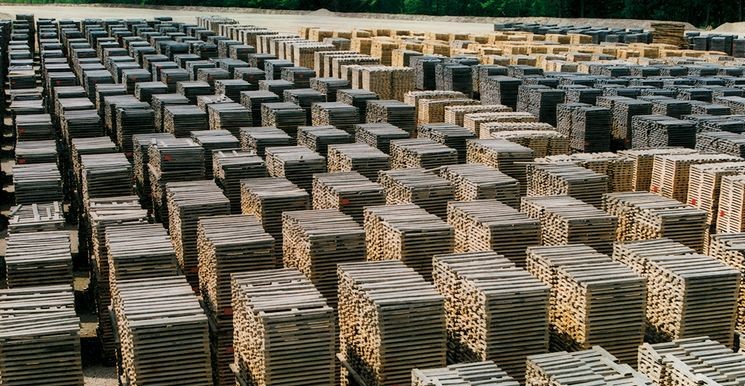Trial 3: Effect of Wood Seasoning on Extractive Concentration in Bourbon Whiskey
Andrew Wiehebrink, Director of Spirit Research and Innovation
Introduction
Wood seasoning is a crucial part of the barrel making process. The benefit most often associated with wood seasoning is the reduction of tannin. While this is indeed an important result of wood seasoning, a lesser-known benefit is the boost in extractive potential.
Objective
The purpose of this experiment is to examine the extractive potential of barrels crafted of 6-month seasoned wood, 18-month seasoned wood, and 24-month seasoned wood.
Methods
Base Liquid
Variety: New make bourbon distillate
Mash Bill: 68% corn/20% wheat/12% malted barley
Entry Proof: 125 proof/62.5% ABV
Trial Execution
Entry Date: July 2017
Primary Maturation Period: 48 months
Warehouse Location: Bardstown, KY
The Trial
New make bourbon distillate filled in the following barrels:

Six barrels of each variation were included in the experiment.
Samples were taken from each barrel at 24 and 48 months, and then samples were analyzed using Gas Chromatography-Mass Spectrometry (GCMS). All compound concentrations are displayed in graphs as a percentage of the average concentration across all barrels in the experiment.
Results and Discussion
All three seasoned wood options were used in this experiment to measure the difference in extractive concentration provided by each offering. The 6-month seasoned wood is used as the control in this experiment, as it is the target seasoning regimen for all ISC spirit barrels unless a specific seasoning regimen is requested by the distiller. Overall extractive concentration for all seasoned wood variants are summarized in Table 3.1. Figure 3.1 shows the results after 24 months of barrel aging, and Figure 3.2 displays results after 48 months.

The 18-month seasoned wood offered the highest total boost in extractive concentration, with an overall concentration for measured extractives at 96.08 mg/L. The 24-month wood had slightly less extractives present with an overall concentration of 93.68 mg/L. However, of the 28 extractives tested, the 24-month seasoned wood produced the highest concentration for 20 of the 28 extractives. The 6-month seasoned wood yielded the whiskey with the least extractives and an overall concentration of 76.95 mg/L.
After 48 months of aging, the 24-month seasoned wood provided the greatest boost in overall extractive concentration with a concentration for measured extractives at 114.37 mg/L. The 18-month seasoned wood provided an overall extractive concentration of 110.16 mg/L. The 6-month seasoned wood offered the lowest concentration at 92.91 mg/L.

Conclusions
Data confirmed that seasoned wood provides a boost in all flavor extractives evaluated in this experiment.
After 48 months of barrel aging:
- 18-month seasoned wood (12 months longer than standard seasoning) provided a 20% increase in overall extractive concentration.
- 24-month seasoned wood (18 months longer than standard seasoning) provided a 24% increase in overall extractive concentration.
Books are available through your account manager.

